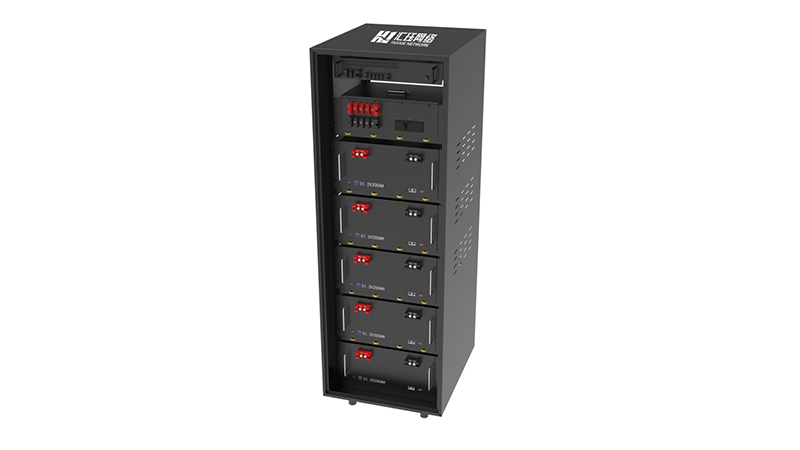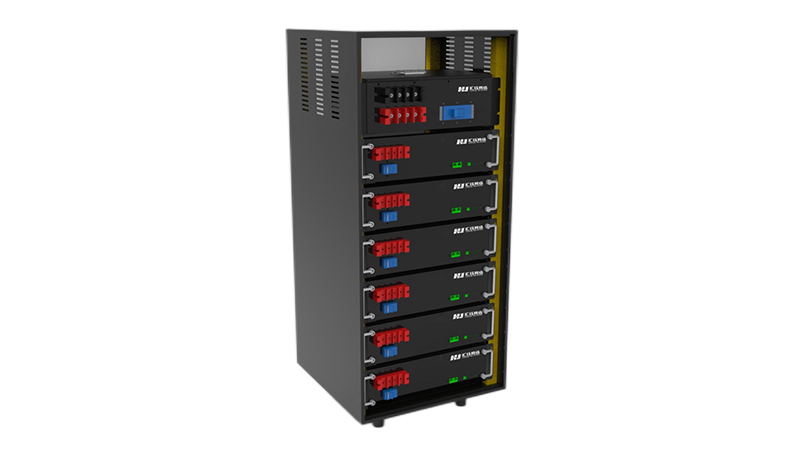
Optical Fiber: The Backbone Behind 5G Development
5G is the hottest topic today. With the issuance of China’s 5G commercial license, 5G will also accelerate its development.
However, you may not know that Corning’s optical fiber products also play an important role in 5G network transmission!
When we use wireless networks to chat, work, watch movies or play games, you may not realize that each wireless node is actually connected to each other through a large number of optical fiber networks.
Today, as the wireless access points of 4G and 5G networks continue to expand, more and more optical fibers will be required to meet the growing demands of these networks.

Why 5G matters
Staying connected is an inevitable part of modern everyday life. People are used to making and receiving calls, sending emails or watching videos anytime, anywhere. In the future, human society will usher in an era of more advanced and higher-speed network interconnection, and everything may be far beyond our imagination. The industry’s demand for concurrent and instantaneous connections will continue to rise.
5G network standards will require advances in what consumers perceive as “enhanced mobile broadband,” which transmits data at faster rates in densely populated areas. In addition, these standards require a large number of connection points to support the large-scale Internet of Things (IoT), in which everything from home appliances and cars to industrial equipment and more will be connected to the network. Certain services and applications will also depend on low latency and ultra-high reliability.
Compared with previous mobile standards, the relevant requirements of 5G standards are more important and more demanding. If the wireless network performance is poor, it will cause great inconvenience to the user, for example, it may have to wait a long time for an application to load successfully. In the future, the risks will become higher. Imagine a future where self-driving cars must try their best to avoid accidents while driving; and when doctors perform life-saving operations by remotely operating medical equipment, there is no room for error.
So, what’s the technology behind these wireless connections? The answer is fiber optics.
The relationship between fiber optics and 5G
Currently, 3G and 4G networks require macro base stations every few miles, typically on tall towers or on the roofs of buildings. In the macro base station network, there are often gaps in network coverage due to signal blockage, so additional small base stations need to be deployed to fill or enhance user coverage.
5G networks will require the use of a tighter network of radio antennas to enable massive connections, low latency and high connection speeds. While there may be many variables, in some cases it may be necessary to deploy 5G small cells every 500 feet or less. By deploying more base stations in a smaller area, a denser, faster, and more connected network is formed.
So what happens to wireless networks as they become denser? In short, wireless networks are “fiberglassing” — adding more fiber to them. The resulting advanced communications network enables fiber optics to penetrate further into cities and neighborhoods and extend to street furniture and building facades.
The Future of 5G and Corning’s Role
In 1970, Corning invented the world’s first low-loss optical fiber, thus establishing Corning’s innovation and market leadership in the field of optical fiber. Today, Corning has manufactured more than one billion core kilometers of optical fiber. With the popularization of 5G technology, Corning will strive to contribute to the next wave of network infrastructure construction.
Kara Mullaley, Corning’s global FTTx marketing manager, said: “In the future, various services will generate massive amounts of data, and 5G needs to use optical fiber to transmit this data. Although operators around the world will have their own deployment methods, they will all use optical fiber. as the medium of choice.”
Corning’s leadership in fiber optic cable and connectivity will enable rapid deployment of access points to better serve new 5G base stations. Communications networks are constantly evolving and evolving, and are changing our world and the way we communicate. To that end, customers around the world rely on Corning’s innovative products and services to keep pace with their ever-changing networks.



